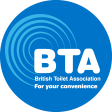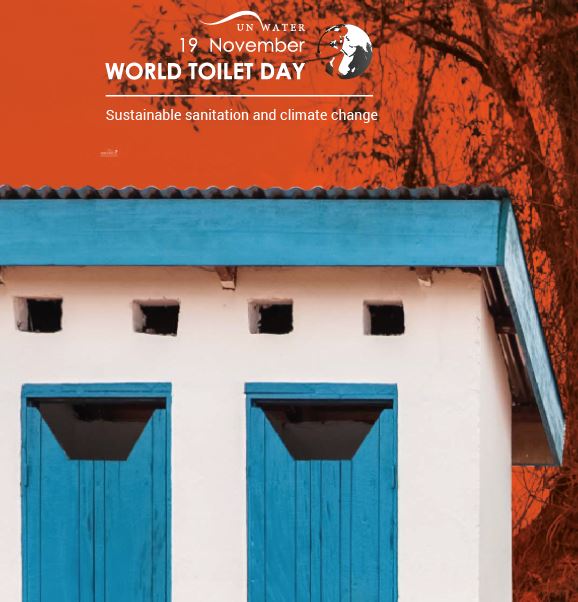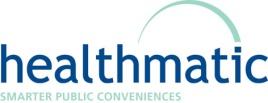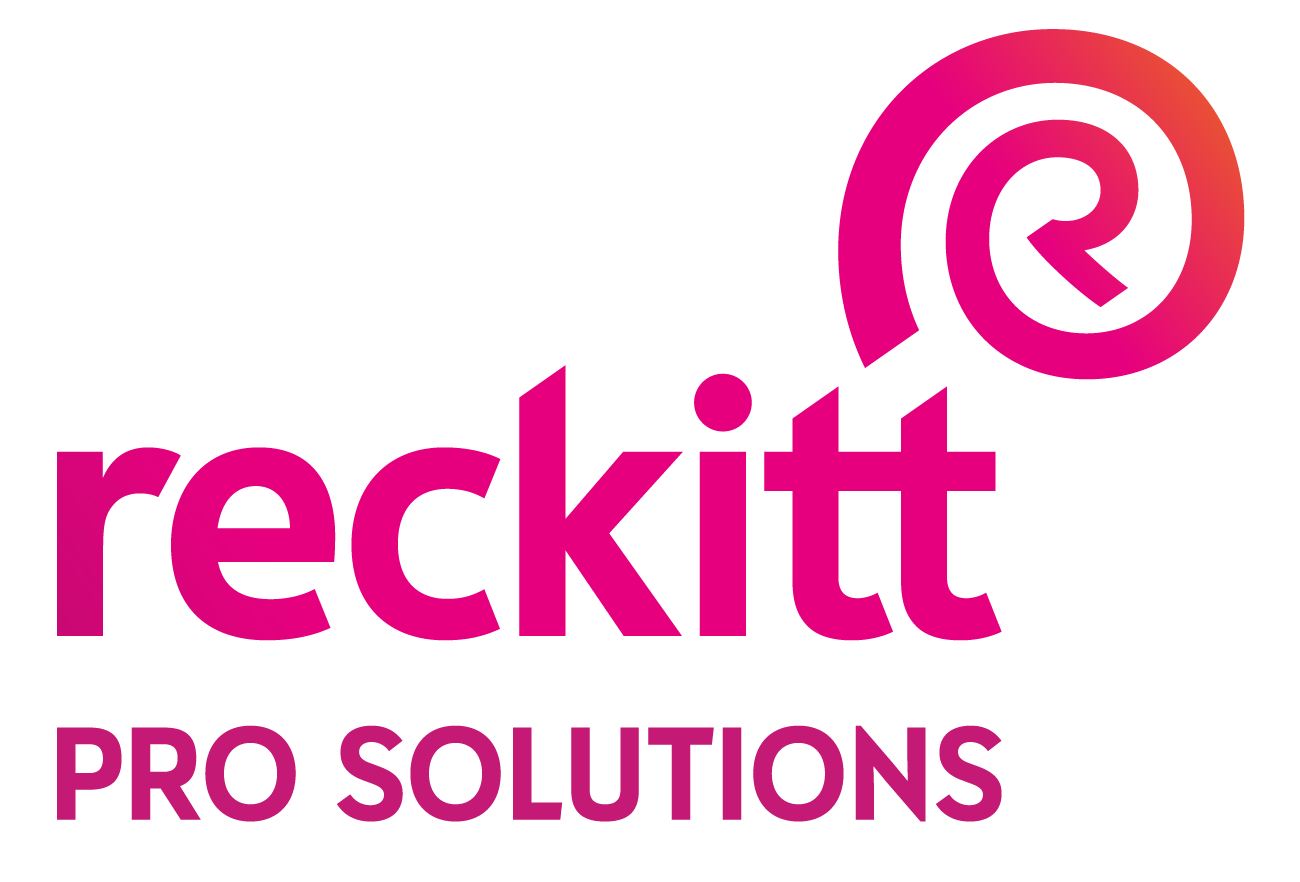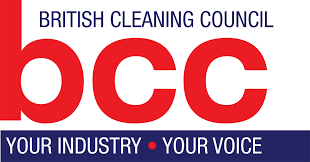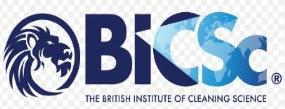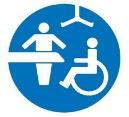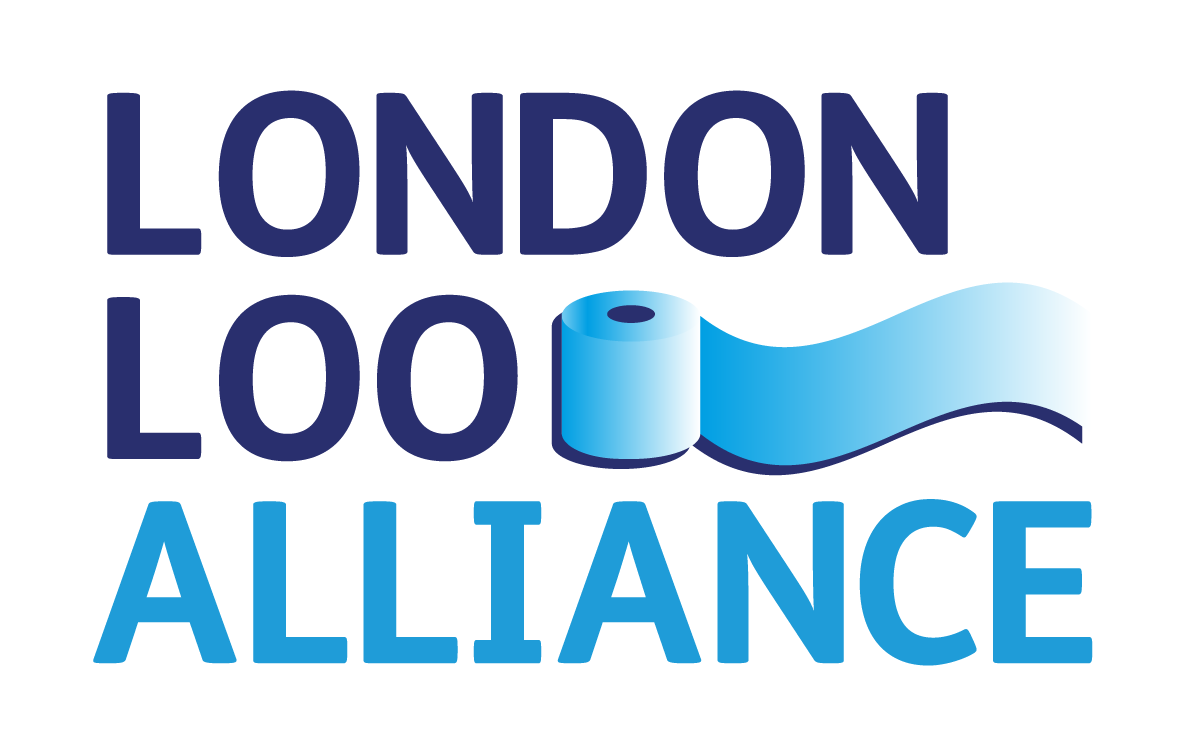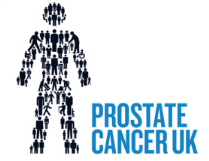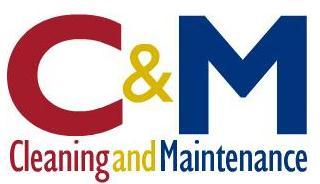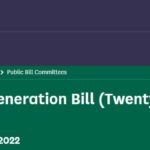Monthly Archives: November 2020
LEGIONAIRES DISEASE

Managing legionella in hot and cold water systems
The official APPROVED CODE of PRACTICE from the HSE is ACOP L8 and can be found at:
https://www.hse.gov.uk/pubns/books/l8.htm
What is legionella?
Legionella bacteria is commonly found in water. The bacteria multiply where temperatures are between 20-45°C and nutrients are available. The bacteria are dormant below 20°C and do not survive above 60°C.
Legionnaires’ disease is a potentially fatal type of pneumonia, contracted by inhaling airborne water droplets containing viable Legionella bacteria. Such droplets can be created, for example, by: hot and cold water outlets; atomisers; wet air conditioning plant; and whirlpool or hydrotherapy baths.
Anyone can develop Legionnaires’ disease, but the elderly, smokers, alcoholics and those with cancer, diabetes or chronic respiratory or kidney disease are at more risk.
HSE’s Legionnaires’ disease page provides information on managing the risks
What you need to do
Health and social care providers should carry out a full risk assessment of their hot and cold water systems and ensure adequate measures are in place to control the risks.
Using temperature control
The primary method used to control the risk from Legionella is water temperature control.
Water services should be operated at temperatures that prevent Legionella growth:
- Hot water storage cylinders (calorifiers) should store water at 60°C or higher
- Hot water should be distributed at 50°C or higher (thermostatic mixer valves need to be fitted as close as possible to outlets, where a scald risk is identified).
- Cold water should be stored and distributed below 20°C.
A competent person should routinely check, inspect and clean the system, in accordance with the risk assessment.
You must identify ‘sentinel’ outlets (furthest and closest to each tank or cylinder) for monthly checking of the distribution temperatures. You should also check the hot water storage cylinder temperatures every month and cold water tank temperatures at least every six months.
Stagnant water favours Legionella growth. To reduce the risk you should remove dead legs/dead ends in pipe-work, flush out infrequently used outlets (including showerheads and taps) at least weekly and clean and de-scale shower heads and hoses at least quarterly. Cold-water storage tanks should be cleaned periodically and water should be drained from hot water cylinders to check for debris or signs of corrosion.
Design systems to minimise Legionella growth, by:
- keeping pipe work as short and direct as possible;
- adequately insulating pipes and tanks;
- using materials that do not encourage the growth of Legionella;
- preventing contamination, eg by fitting tanks with lids and insect screens.
Additional controls
Water samples should be analysed for Legionella periodically to demonstrate that bacteria counts are acceptable. The frequency should be determined by level of risk, in accordance with the risk assessment.
Other control methods
Other methods to control Legionella include copper and silver ionisation and biocide treatments (eg chlorine dioxide). To ensure that they remain effective their application will need suitable assessment as part of the overall water treatment programme including proper installation, maintenance and monitoring.
Further information
- Hot and cold water systems.
- HSE Website – Legionnaires’ disease – provides guidance on managing the risks.
- Legionnaires’ disease. The control of Legionella bacteria in water systems (L8) – sets out both established standards for managing the risks from Legionella and provides guidance on how to comply with the law.
- Health and safety in care homes (HSG220) – provides guidance on how to manage the risks at care homes.
- HPA Website – Legionnaires’ disease – provides information on Legionnaires’ disease and the requirement to report cases in England and Wales to the HPA.
T I N K L E

The TOILET INNOVATION and NEW KNOWLEDGE EXCHANGE has just been launched today and over the coming days and months we will see the opportunities for individuals and groups to gain comprehensive knowledge of the changes affecting our industry. Changes that effect our everyday lives when we need to find a bathroom quickly and how the suppliers and providers are coping with the long term effects of CoronaVirus (Covid-19) when it comes to keeping our bathrooms and washrooms safe and hygienic.
COMING SOON
There are three elements to the Toilets Innovation and New Knowledge Exchange:
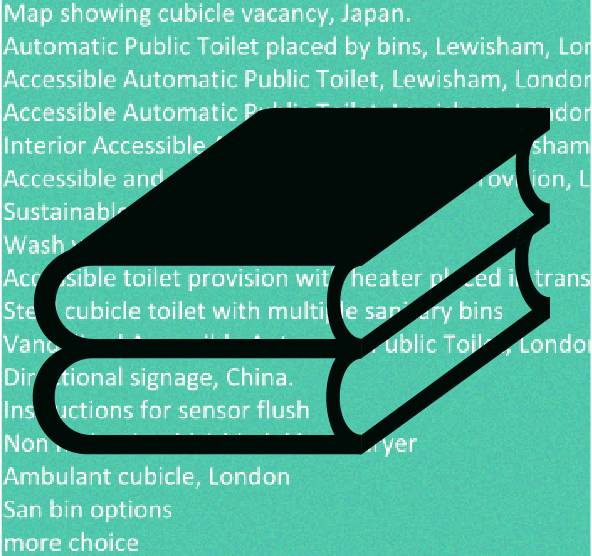
RESOURCES
Helping you to find existing knowledge through our filtered resource bank of guidance, standards, regulation, toolkits, websites and research from UK organisations and beyond.
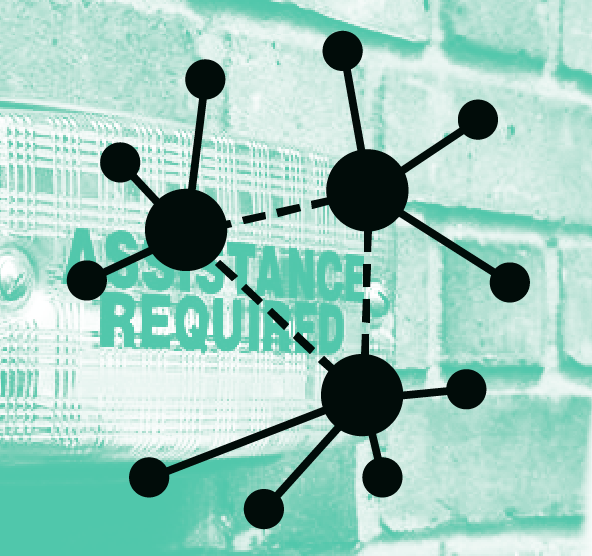
NETWORK
For visitors who seek expert or peer-to-peer advice, here you can find a range of experts across many aspects of toilets who are available to contact.

FORUM
The forum is open to all, to ask and answer questions, seek solutions, debate ideas, share new resources, support campaigns and enable research. Join in!
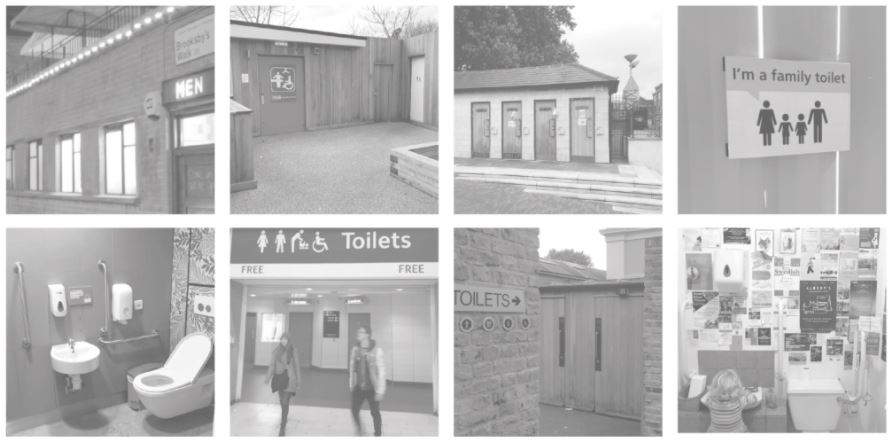
TINKLE is managed by the Public Toilets Research Unit (PTRU) at the Royal College of Art, in partnership with the Toilet Consortium and the British Toilet Association
The PTRU is part of The Helen Hamlyn Centre for Design. The PTRU undertakes inclusive and people-centred design research to improve toilet provision for all.

World Toilet Day 19th November 2022
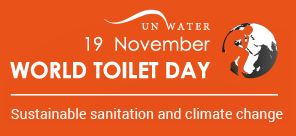
WORLD TOILET DAY 2022: SUSTAINABLE SANITATION AND CLIMATE CHANGE
Climate change is getting worse.
Flood, drought and rising sea levels are threatening sanitation systems – from toilets to septic tanks to treatment plants.
Everyone must have sustainable sanitation that can withstand climate change and keep communities healthy and functioning.
Sustainable sanitation systems also reuse waste to safely boost agriculture and reduce and capture emissions for greener energy.
World Toilet Day is a United Nations Observance that celebrates toilets and raises awareness of the 4.2 billion people living without access to safely managed sanitation. It is about taking action to tackle the global sanitation crisis and achieve Sustainable Development Goal 6: water and sanitation for all by 2030.
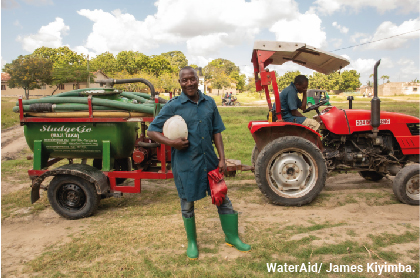
“The BTA fully supports the work of the World Toilet Orhanisation and its partners. It is our goal to fight for our Human Rights in all aspects of toilet provision and strive to raise the stanards of hygien and cleanliness in all “away from home” facilities throughout the United Kingdom and across the world”
Raymond Martin
Managing Director for and on behalf of the British Toilet Association Ltd
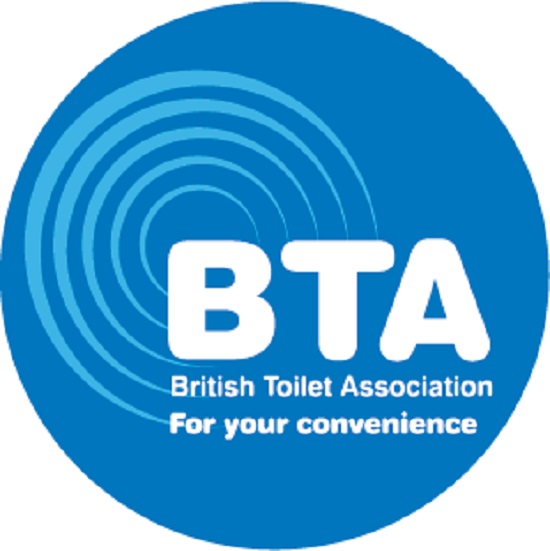
Response from Minister Luke Hall
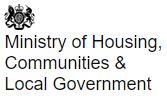
The BTA sent a number of letters to Government and individual ministers in the past several weeks/months offering advice, guidance and our full support for the fight against this CoronaVirus pandemic.
Below is the response from the MHCLG
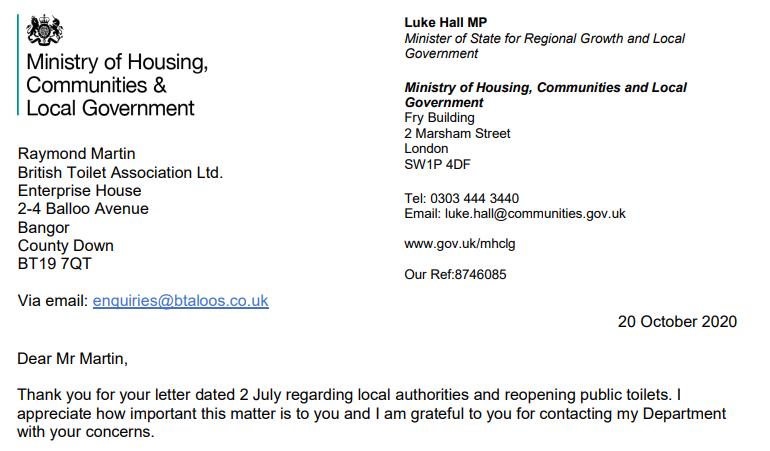
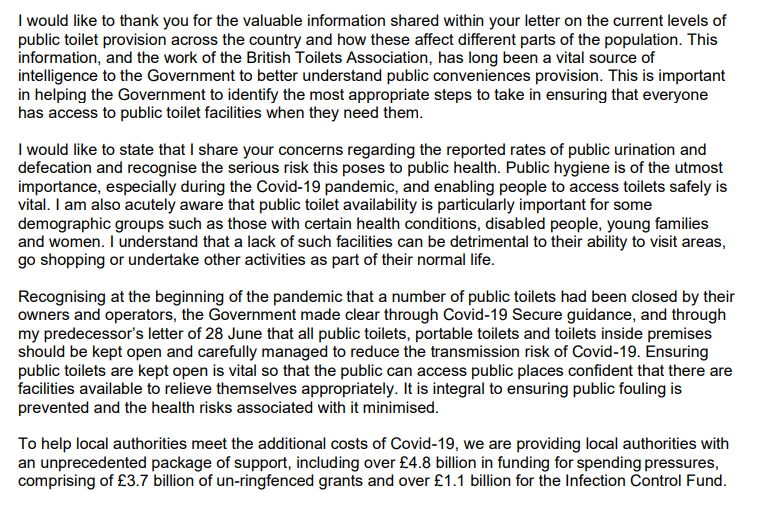
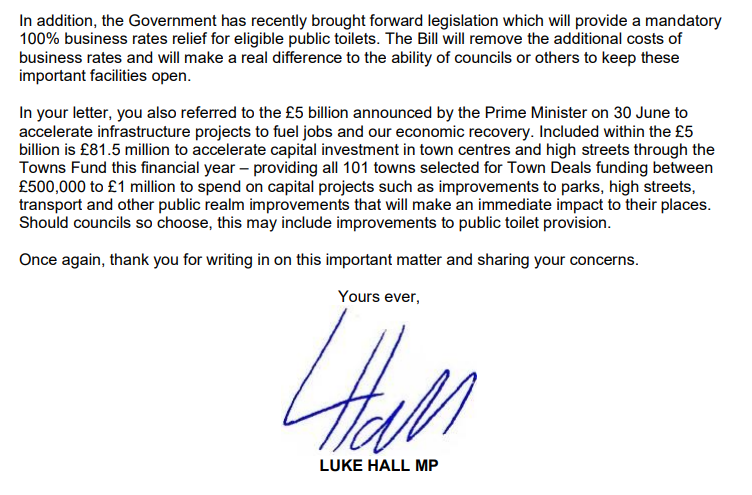
The BTA will contiue to work with all parties and government departments to encourage some form of direct action by this and future administartions to find a lasting solution to the ever increasing rationalisation of Publicly Accessible Toilets across the UK and Ireland.
With this NEW threat comes new opportunities for manufacturers and suppliers to develop goods and services to take our hygiene levels to a new level.
Human beings – of every age and ability – need to constantly use the toilet, sometimes several times a day, and we need the certainty that when we move from place to place that we can find a clean, hygienic well provisioned publicly accessible toilet within easy reach.



